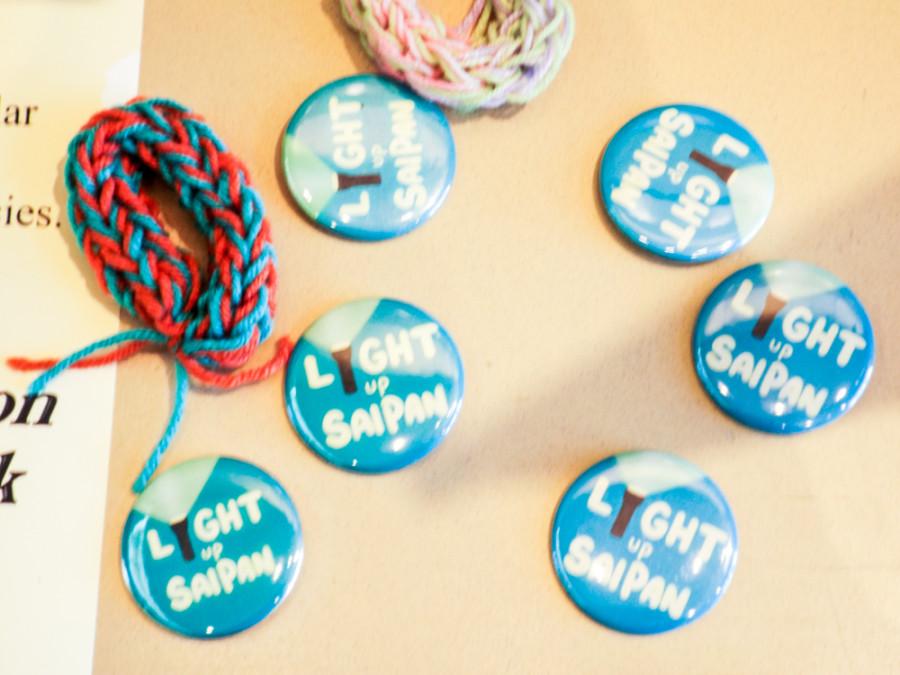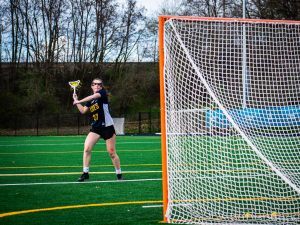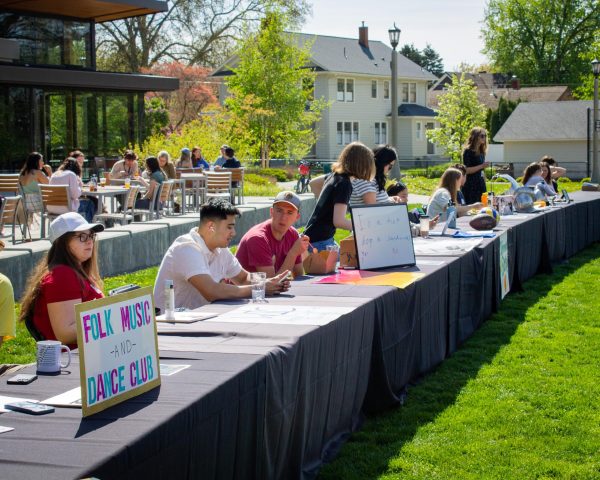Students Fundraise to Aid Saipan after Typhoon
October 7, 2015
Junior Emily Dotts was in Walla Walla when she received an email from her mom in anticipation of Typhoon Soudelor, the most powerful storm of 2015 which was about to hit her home island of Saipan.
When Dotts tells people she is from Saipan, the usual response is “Where’s that?” Even though it is a commonwealth of the United States, many people Dotts encounters in the continental US are unaware of Saipan’s existence. Dotts and some of her friends from the island have even created a Facebook group titled “Where is Saipan?” dedicated to sharing stories about explaining where they are from, and some of the off-target guesses they hear from the people they encounter.
Home to about 50,000 inhabitants, Saipan is the largest in a group of islands known as the Commonwealth of the Northern Mariana Islands (CNMI) located off the western coast of the United States. Saipan was captured by the United States from Japan during World War II and became an official part of the CNMI commonwealth in 1978.
On the night of Aug. 2, 2015, Typhoon Soudelor struck Saipan, leaving behind a trail of debris. Hundreds of people were sent to live in emergency shelters. It was declared a major disaster by the Obama Administration two days later, sending groups such as the American Red Cross and the Federal Emergency Management Agency (FEMA) to help with recovery after the disaster. The Typhoon later struck both Taiwan and Eastern China.
When Dotts received news of the typhoon from her mom, it was not expected to do much damage. A little later, Dotts received another email.
“I got an email from her later saying that it actually was really bad,” said Dotts. “There [were] a lot of power outages and a lot of people [were] homeless…it was just really scary.”
Dotts has experienced tropical storms on Saipan before, but has not seen anything as strong as Soudelor, with winds reaching up to 120 miles per hour, during her lifetime.
Professor of Geology Kevin Pogue, who teaches a course at Whitman on Weather and Climate, said that while warmer waters may increase the strength of tropical storms in general, it is dangerous to link any single event like this to climate change.
He did, however, mention that rising sea levels due to the melting of ice caps and overall warmer water temperatures often worsen the effects of tropical storms like Soudelor.
“People think about hurricanes being stronger, but the other thing they forget about is that hurricanes impacting coastlines now have more of an effect because sea levels are rising,” said Pogue.
Rising sea levels, he explained, cause dramatic storm surges during tropical storms because the amount of water that is pushed ashore is increased. Often, the majority of destruction that occurs in the aftermath of a typhoon is caused by surges such as those impacting Taiwan after Soudelor passed over Saipan.
Dotts explained that residents of Saipan will receive a warning before a typhoon is about to hit. Her family generally responds by boarding up windows and preparing to use a backup generator, as power is generally lost during the storms. She said that a warning was issued about Soudelor, but no one expected it to be as destructive as it was.
The day following the storm, approximately 350 people were placed in shelters and 60 were being treated for wounds. Dotts said that school on the island is now back in session, though it was delayed by a couple weeks due to power outages, limited water supply, and the need to use public schools as shelters for those whose houses were destroyed by the typhoon. Dotts’s younger sister has been working with the Red Cross to answer phones and respond to calls for help from residents of the island.
Over the past week, Dotts, with support from the Intercultural Center and help from some friends, as well as members of the Beyond Borders Club, has been working on a fundraiser called Light Up Saipan that was founded by Blaine Wilson, a Stanford University graduate with a degree in electrical engineering who lived on Saipan and has family there.
The fundraiser raises money for the purchase of LuminAID PackLites to help those in Saipan who have yet to regain power, as well as assist in the aftermath of future disasters. The lights are completely waterproof, solar powered, and can last up to 30 hours with an adjustable brightness setting and a flashing mode for emergencies.
As of Saturday, Oct. 3, Dotts raised $189.92 that will be donated to Light Up Saipan. Dotts also encourages students to donate directly to Wilson’s GoFundMe page, which as of Sunday, October 4 raised $1,520 toward a goal of $5,000. Each light costs $25. The students have been tabling at Reid requesting donations in exchange for pins that say “Light Up Saipan” and five-finger lei bracelets. The bracelets are a smaller version of five finger leis that are exchanged by friends at graduation in an island tradition.
Junior Gambhir Kunwar helped Dotts plan the fundraiser at the beginning of the semester. Kunwar hoped to assist Dotts in the same way that she had supported him last year while he fundraised for aid to his home country, Nepal, after the region was struck by a large earthquake.
“I felt like it was my chance to give back to her,” he said.
Having experienced a similar situation, Kunwar says he can relate to what Dotts is going through and is thankful for the help he received while coping with the news of the earthquake last year.
“It’s a small community here,” he said. “People are always ready to help you in difficult situations.”









